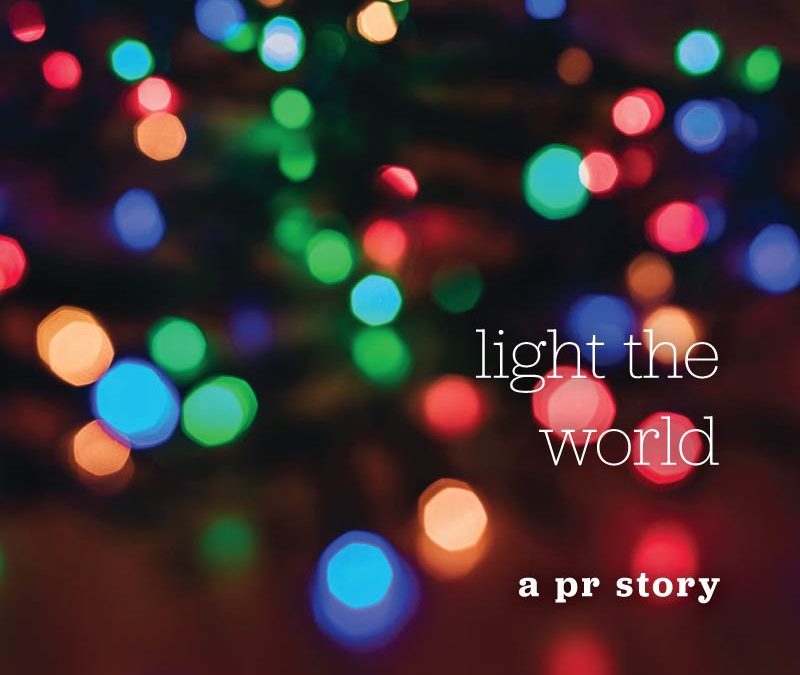Beginning in the early 2010’s, The Church of Jesus Christ of Latter-day Saints started running a series of campaigns during Easter and Christmas. Among their most successful campaigns are “Because of Him” during the 2014 Easter season, and “Light the World,” which began with 2016’s Christmas season and has continued every subsequent holiday season. Following Thanksgiving they launched the campaign with a website, YouTube video, and posts on their social media accounts with the hashtag #LightTheWorld. A major part of their campaign centered around service, including daily activities for people to participate in and a “giving machine” found in downtown Salt Lake. The also networked with other websites to promote the initiative by creating content and blog posts on major sites like Buzzfeed.
The public responded well to the initiative, especially online. A huge number of people – both members of the Church and not – used the hashtag to share their actions. The original YouTube video has been viewed 3.8 million times, receiving most of those views during that year’s campaign. Upon the success of their 2016 initiative, they chose to do it again the following year, challenging them to determine what went well and where to make changes. Their follow-up campaign in 2017 closely resembled 2016. A major change was that they made the decision to forego promotional material on major websites. Instead, more effort was spent on their own channels, sharing daily videos and additional content. They also wrote native content, sharing stories from events – like the unveiling of additional giving machines at new locations – which were then picked up by local and regional news organizations. Local congregations were also encouraged to hold smaller events connected to the campaign more than in the previous year. Based on measurable metrics like hashtag uses and video views, 2017 appears to have been even more successful than 2016.
analysis
By and large, I think the Church did a lot of things really well with their Light the World campaign from a public relations perspective. During their first year, they tried doing a little bit of everything. They were trying to reach a broad audience, and they took several big risks. One minor misstep was the amount of effort they put into spreading their message wide but not deep. They had paid promotional material on quite a few websites, like the Buzzfeed example, but they had virtually no engagement on websites with communities who usually engage a lot. They suffered a minor loss because they couldn’t effectively connect with that public. With their follow-up campaign, instead of focusing on reaching entirely new publics, they retained the publics they already had and found a way to encourage their audience to spread it. That third-party endorsement approach, compared with the previous paid advertising approach, led to higher amounts of quality engagement in the campaign.

